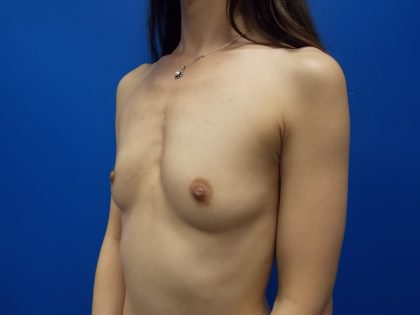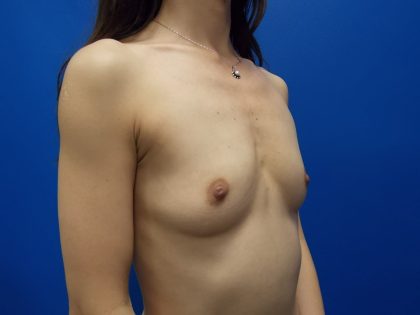Breast Augmentation Case #1809
Before
After






ETHNICITY: Asian
AGE: 41
41 year old patient with 34 A cup breasts who desired a full C cup. She underwent a periareolar insertion of 385cc High Profile silicone gel breast implants in the subpectoral / dual plane position.
- Patient #: 1809
- Gender: Female
- Ethnicity: Asian
- Age: 41 - 50
- Procedure: Breast Augmentation
